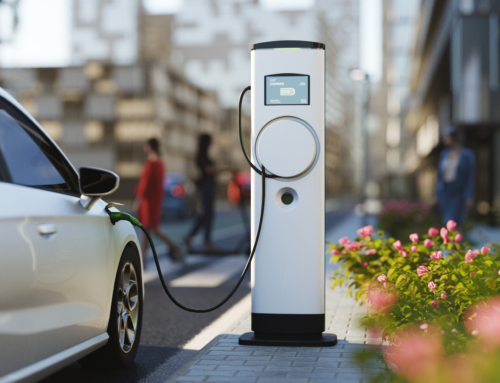Despite the bottled water industry growing every year, the case against buying single-use plastic bottles is expansive. The earth needs all hands on deck, which means reducing our plastic consumption and switching to more renewable and reusable sources.
Let’s get into why plastic bottles are so bad for the environment.
6 Reasons Plastic Bottles Aren’t Environmentally Friendly
Here are six reasons why it’s time to move past plastic water bottles.
1. They Contribute Massive Amounts of Physical Waste
Reuters estimates that 1.3 billion plastic water bottles are sold every day. And that’s every day—compound that over a year, and you’re looking at 474.5 billion bottles sold and trashed. If you put those bottles into a pile, it would dwarf the world’s tallest skyscrapers.
And while you may recycle your plastic water bottles, most people don’t have the same good habit. A 2018 study found that only 9% of plastic bottles are recycled, while 79% end up in landfills. Some countries, like Sweden, incinerate the majority of their plastic waste (75%), which creates greenhouse gases and is not an effective way to get rid of plastic waste.
2. They Create Microplastics
As the plastic in water bottles breaks down, it releases microplastics (incredibly fine plastic particles). These microplastics are everywhere, but they have mostly been found in marine life. As plastic gets into the ocean, rivers, and lakes, microplastics get into aquatic animals’ diets.
Humans are also consuming microplastics. Reuters estimates the average person consumes about five grams of plastic every week. While the science behind the effects of these microplastics is still debated, some laboratory studies have shown that microplastics can damage human cells.
While plastic water bottles aren’t the only contributor to microplastics in the world, they are a contributor nonetheless.
3. They Require Tons of Energy
Making the plastic, forming the water bottle, and filling it with water requires a lot of energy to create a single water bottle. One study found that producing one bottle of water requires anywhere from 5.2 to 10.2 million joules per liter of water. Compare that to the energy it takes to produce tap water, which is just 0.0005 joules. (It sounds like the water bottle industry could use some energy-saving tips of its own.)
4. They Consume Fossil Fuels
Plastic is a petroleum product, which comes from fossil fuels. How much oil does it take? According to National Geographic, if you fill a bottle one-quarter of the way to the top, that’s how much oil was required to make the bottle. While that may not seem like a lot, that is an absurd amount for a bottle you’ll only use once.
That means purchasing plastic water bottles directly contributes to oil consumption, which is well-documented to be harmful to the environment.
5. They Emit Greenhouse Gases
Between the energy consumed and oils burned and processed to make water bottles, the manufacturing process emits carbon dioxide and other greenhouse gases. Some estimates suggest that 82.8 grams of carbon dioxide are required to produce one 500 ml bottle of water.
This doesn’t even account for the transportation of these bottles, which are shipped on boats, airplanes, trucks, and a plethora of other methods that produce carbon dioxide.
6. They Waste Water
How much water goes into making a water bottle? More than what’s inside the bottle. A study from the International Bottled Water Association found it takes 1.39 liters to make one liter of bottled water. Multiply that by the billions of water bottles sold each month, and we’re looking at millions of wasted liters of water each year.
Can I Reuse My Plastic Bottles?
While you could simply reuse your old plastic water bottles, it’s not a good idea.
Most plastic water bottles are designed to be single-use; they aren’t built for repeat usage. So as you refill the water bottle, it will begin to degrade into microplastics, which will get into the water you drink. In the long run, this is not a healthy way to deal with plastic bottles.
What Are Alternatives to Plastic Bottles?
The best alternative for plastic bottles is to use a reusable water bottle. This has become an increasingly popular option—the market for reusable water bottles is expected to grow at a compound annual growth rate of 4.3%.
But which reusable bottles are the best alternatives? We’d recommend any of the following:
- Insulated metal water bottles: Insulated metal water bottles keep your cold beverages cold and hot beverages warm for several hours. When properly cleaned and maintained, these water bottles can last a lifetime.
- Glass bottles: Water always tastes better from glass! Glass bottles are another great alternative, offering solid structural integrity and cold insulation. While not quite as damage-resistant as metal bottles, glass bottles can still last a long time when properly cared for.
- Reusable plastic bottles: Just because single-use plastic bottles can’t be reused doesn’t mean all plastic bottles are off-limits. Reusable plastic water bottles last a long time. If you want to go above and beyond, find a water bottle made with plant-based plastics.
How Do These Alternatives Help the Environment?
Are reusable water bottles really good for the environment? Yes, they are! The more people use reusable water bottles, the more we can avoid the negative effects of plastic water bottles, which means we can:
- Reduce waste in landfills
- Cut down carbon emissions
- Reduce the amount of oil consumed
- Save water
- Limit the number of microplastics produced and ingested
- Use less energy
Just how much plastic is saved by using reusable water bottles? Some estimate the average person uses 156 plastic bottles a year. Meanwhile, about 55% of U.S. citizens (181,225,000) have a reusable water bottle. That means roughly 28,271,100,000 single-use plastic bottles are avoided each year.
Reduce Your Carbon Footprint
Switching to reusable water bottles is a great start to reducing your carbon footprint and contributing to a greener planet. If you’re looking for other ways to reduce your carbon footprint, consider what switching to a renewable energy provider could do for you and the earth.Learn more about switching to renewable energy. Contact Spring Power and Gas.

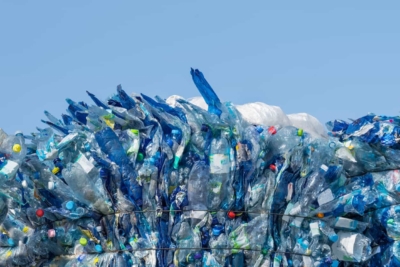
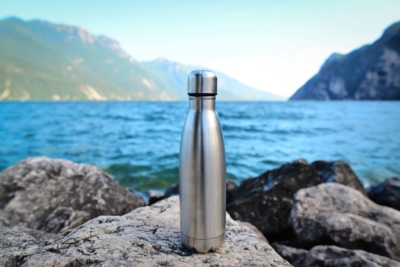
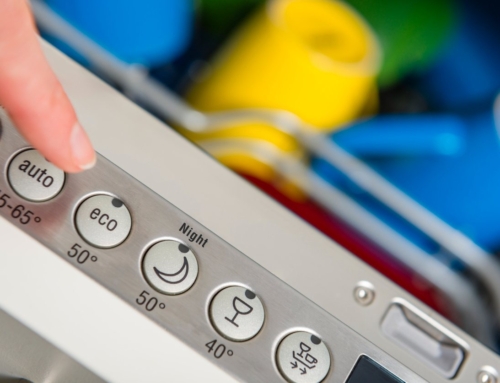
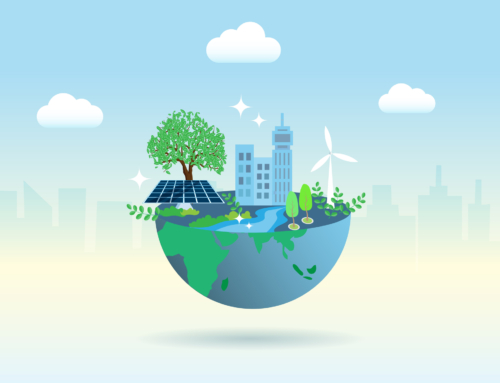

![Top 11 Sustainable Building Practices for Eco-Homes [Plus 5 Sustainable Materials]](https://springpowerandgas.us/wp-content/uploads/2023/02/iStock-181062267-500x383.jpg)
